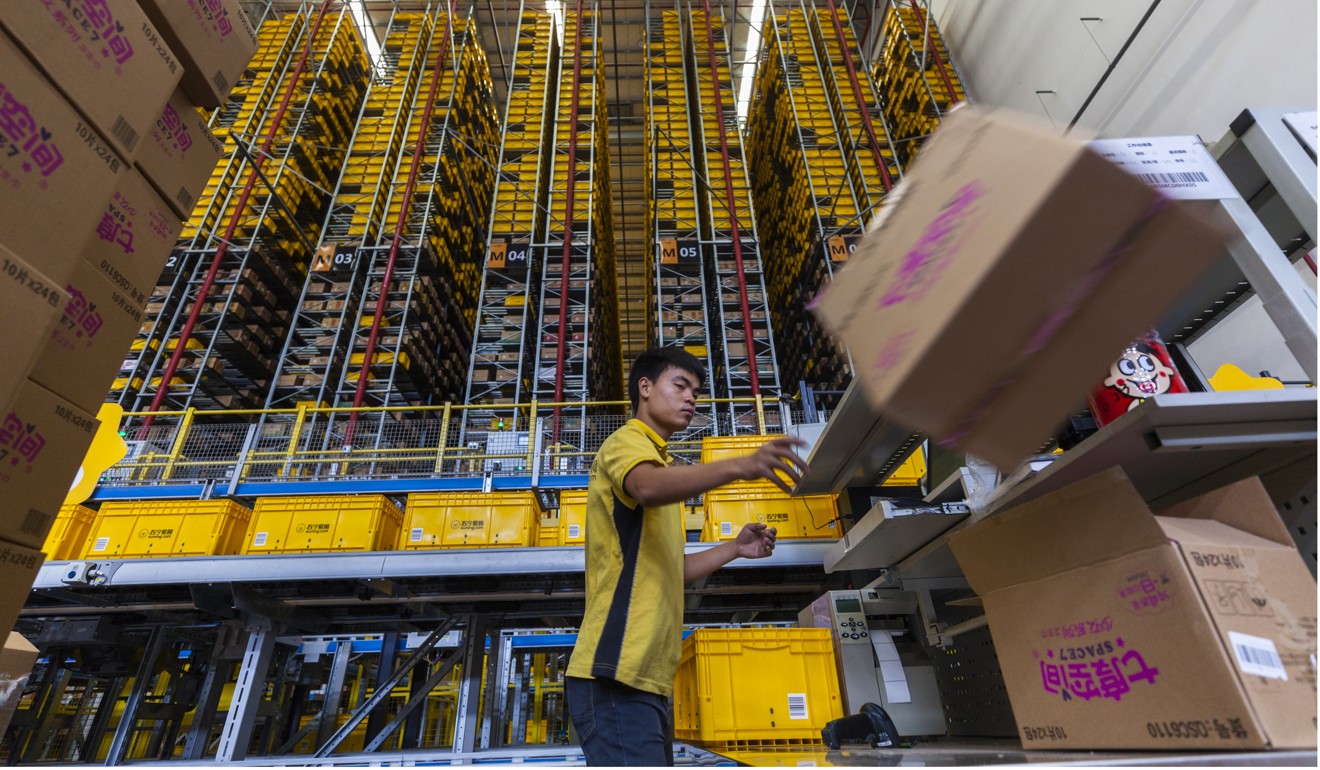
US and China heading for lose-lose situation in trade war if they do not talk, says US garment trade chief Rick Helfenbein
- Head of the American Apparel and Footwear Association tells the Post that Washington and Beijing need to sit down and thrash out their grievances
- Rick Helfenbein warns that factories could be forced out of China or close
China and the United States should urgently resolve their trade bickering through dialogue before both end up in a lose-lose situation, the head of one of America’s biggest industry groups has said in an interview with the Post.
Rick Helfenbein, president and CEO of the American Apparel and Footwear Association (AAFA) – an advocacy group representing more than 1,000 major industry brands – described the present situation as “dangerous” and likened the trade war to an approaching tsunami.
US President Donald Trump, in choosing to play hardball with China, stood only to antagonise all parties, from consumers and US retailers to the whole supply chain, Helfenbein said on Monday during a visit to Hong Kong.

“The trade war is like a family argument, which at one point needs a marriage counsellor,” he said. “If they don’t get one, they are heading to the divorce courts, which no one wants, and I don’t think President Trump wants that either … He has overpushed [the tariffs issue].”
The trade war rhetoric has escalated in the run-up to next month’s US midterm elections. Helfenbein said Trump had moved the goalposts in the political game with China from American joblessness to trade deficits and lately to currency manipulation. He also said Trump was not clear what the country wanted to negotiate on – tariffs, the South China Sea issue, investment in Africa, intellectual property or technology transfers.
Helfenbein, who has been in the garment and footwear industry for more than 40 years, said he had never seen a trade war of this scale with any other country, and the two presidents needed “a big meeting and multiple meetings”, rather than talks on the sidelines of the G20, to resolve things before any damage was done.
If [Trump and Xi] start talking to each other sooner, everyone will be a winner. If not, everyone will be a loser
He warned that American consumers would have to pay more, factories could be forced out of China or out of business, and the sophisticated supply chain China had built in recent decades could be broken.
“If they start talking to each other sooner, everyone will be a winner,” Helfenbein said. “If not, everyone will be a loser.”
As a link between the two countries, Hong Kong would feel the knock-on effect, or “a bump” in its economy, if the trade war meant less cargo passing through the city’s ports, he added.
Commerce minister Edward Yau Tang-wah told lawmakers on Monday that the trade war had added uncertainty to the city’s economic outlook, and that officials would seek to sign more free-trade deals as one of a number of longer-term countermeasures.
Beijing and Washington have crossed swords since July when the first wave of tit-for-tat tariffs on goods kicked in. The White House imposed its latest round of 10 per cent tariffs in September, on US$200 billion worth of Chinese products – mostly food and consumer goods. The tariffs will jump to 25 per cent on January 1 next year.

“I told consumers in America, if they want to buy one product at Christmas, they’d better buy two, because no one knows how much more they are going to cost after Christmas,” Helfenbein said.
The AAFA president also said America imported 41 per cent of clothing, 72 per cent of footwear and 84 per cent of accessories, such as bags, from China.
“China, Canada, Mexico, Japan and Germany are our top five trading partners. We pick fights with every single one of them. Why?” he said.
The AAFA was receiving many queries every day on what the tariffs would bring, which made it like “a marriage counsellor”, he added.
Helfenbein and his team, who arrived in Hong Kong on Monday morning, were expected to meet local industry representatives over the next couple of days.

